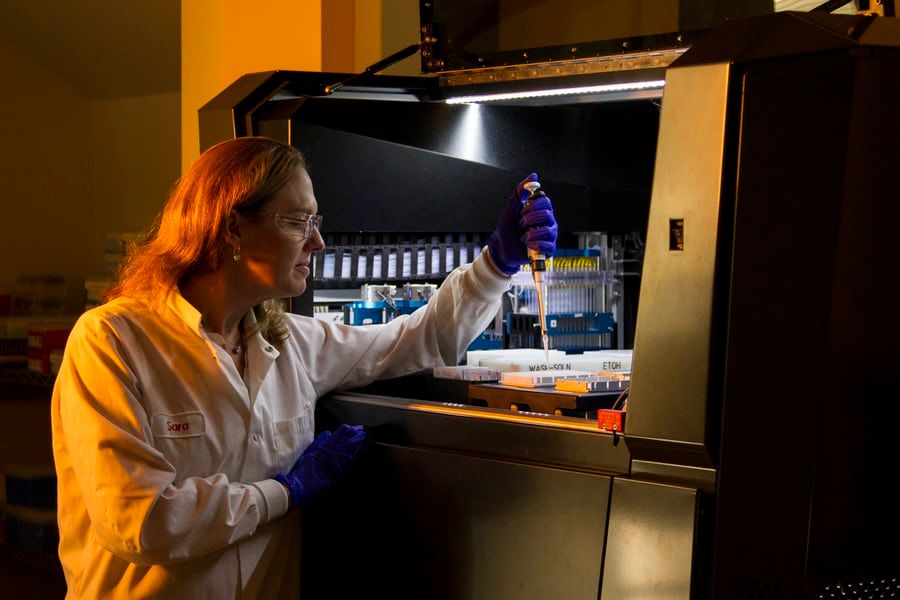Most Realistic Snapshot of Coronavirus Spike Protein Structure Viewed
The study helps to illuminate how spike proteins initiate infections.
Investigators have observed the first detailed images of the spike protein structure in the family of coronaviruses. The images, created without using chemical fixatives that can distort their shape, show the spikes in their most natural state while still attached to the virus. The study was published in Quarterly Reviews Biophysics Discovery and conducted at the Department of Energy’s National Accelerator Laboratory.

Coronaviruses, including SARS-CoV-2 which causes the coronavirus disease 2019 (COVID-19), are covered with the protein spikes and they help to bind the virus with receptors on the cells of their hosts, paving the way for infection.
The study employed a method that combines cryogenic electron microscopy (cryo-EM) and computation, enabling investigators to produce quicker and more realistic images of the infection apparatus in various strains of the virus. The hope is that this research will help in developing drugs and vaccines for COVID-19 and other diseases caused by coronaviruses.
"The advantage of doing it this way is that when you purify a spike protein and study it in isolation, you lose important biological context: How does it look in an intact virus particle?” Wah Chiu, senior author on the study said. “It could possibly have a different structure there."
Typically, spike proteins will be chemically removed to be able to view them. Instead, investigators in this study flash-froze a whole, intact virus into a state that preserved its components in a natural arrangement. After this was done, they took thousands of complete images and digitally extracted the ones in which spike proteins were visible, combining them to get high-resolution pictures.
"The structure we saw had exactly the same structure as it does on the virus surface, free of chemical artifacts," Jing Jin, co-author on the study said. "This had not been done before."
A group of German investigators have used a similar method to view images of SARS-CoV-2. However, they fixed the virus in formaldehyde which has the potential to cause chemical changes which can interfere with the structure.
The team plans for future research to ascertain how a part of the spike protein that binds to receptors on human cells is activated and specifically study the virus that causes COVID-19, which would require specialized biohazard equipment and facilities.
2 Commerce Drive
Cranbury, NJ 08512
All rights reserved.
